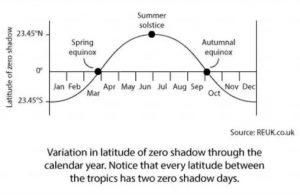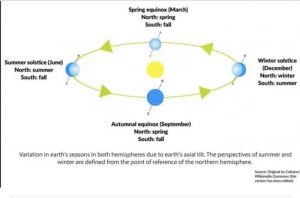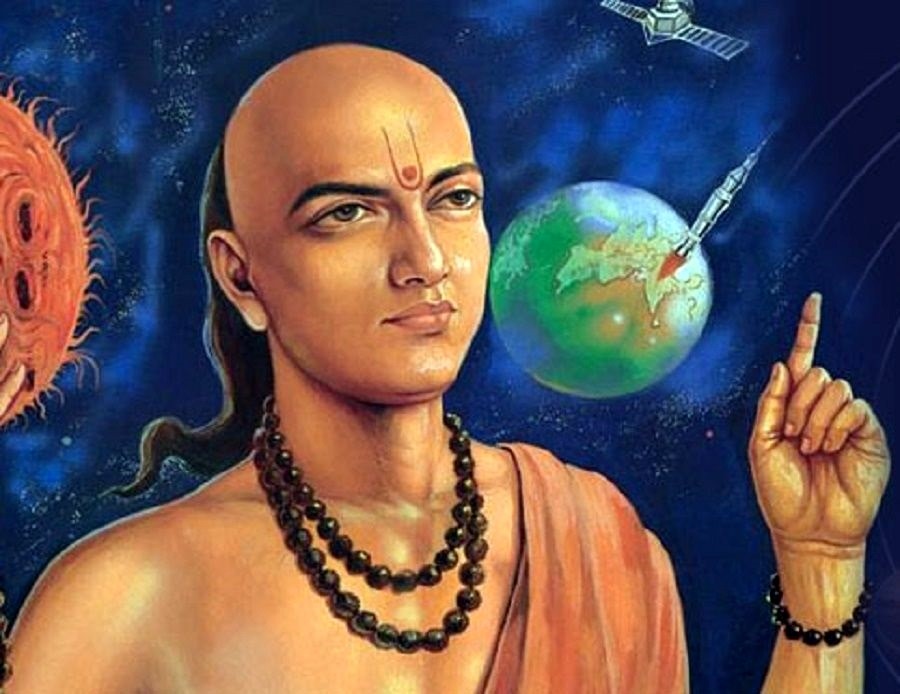However, he grossly underestimated Distance and failed to grasp the actual units used to calculate the Earth"s dimensions. Luckily for him, he found another continent blocking his way to Asia. If Columbus arrived at such an error using European estimates, how did Aryabhata compute the earth’s circumference so accurately (less than 0.3% error) nearly a thousand years ago?



Aryabhata (आर्यभट) was the first of the significant mathematician-astronomers from the classical age of Indian mathematics and Indian astronomy. His works include the Āryabhaṭīya (which he wrote when he was 23) and the Arya-Siddhanta. Aryabhata called himself a native of Kusumapura or Pataliputra (present-day Patna, Bihar).
Aryabhata created a system of phonemic number notation in which consonant-vowel monosyllables represented numbers.
Aryabhata worked on the approximation for pi (π) and may have concluded that π is irrational. In the second part of the Aryabhatiyam (gaṇitapāda 10), he writes:
caturadhikaṃ śatamaṣṭaguṇaṃ dvāṣaṣṭistathā sahasrāṇām
ayutadvayaviṣkambhasyāsanno vṛttapariṇāhaḥ.
"Add four to 100, multiply by eight, and then add 62,000. By this rule, the circumference of a circle with a diameter of 20,000 can be approached."
This implies that for a circle whose diameter is 20000, the circumference will be 62832; i.e., = =, which is accurate to three decimal places.

